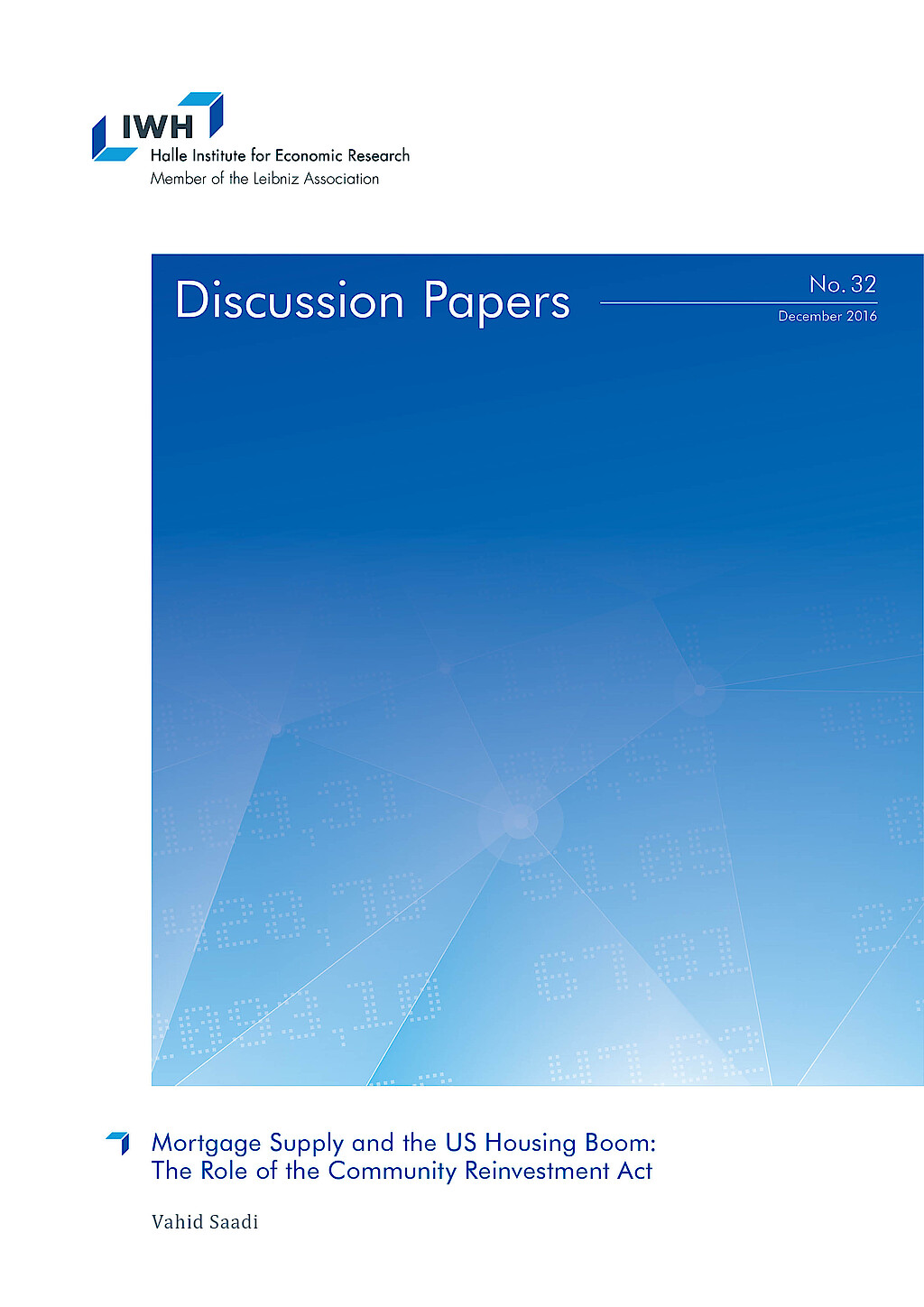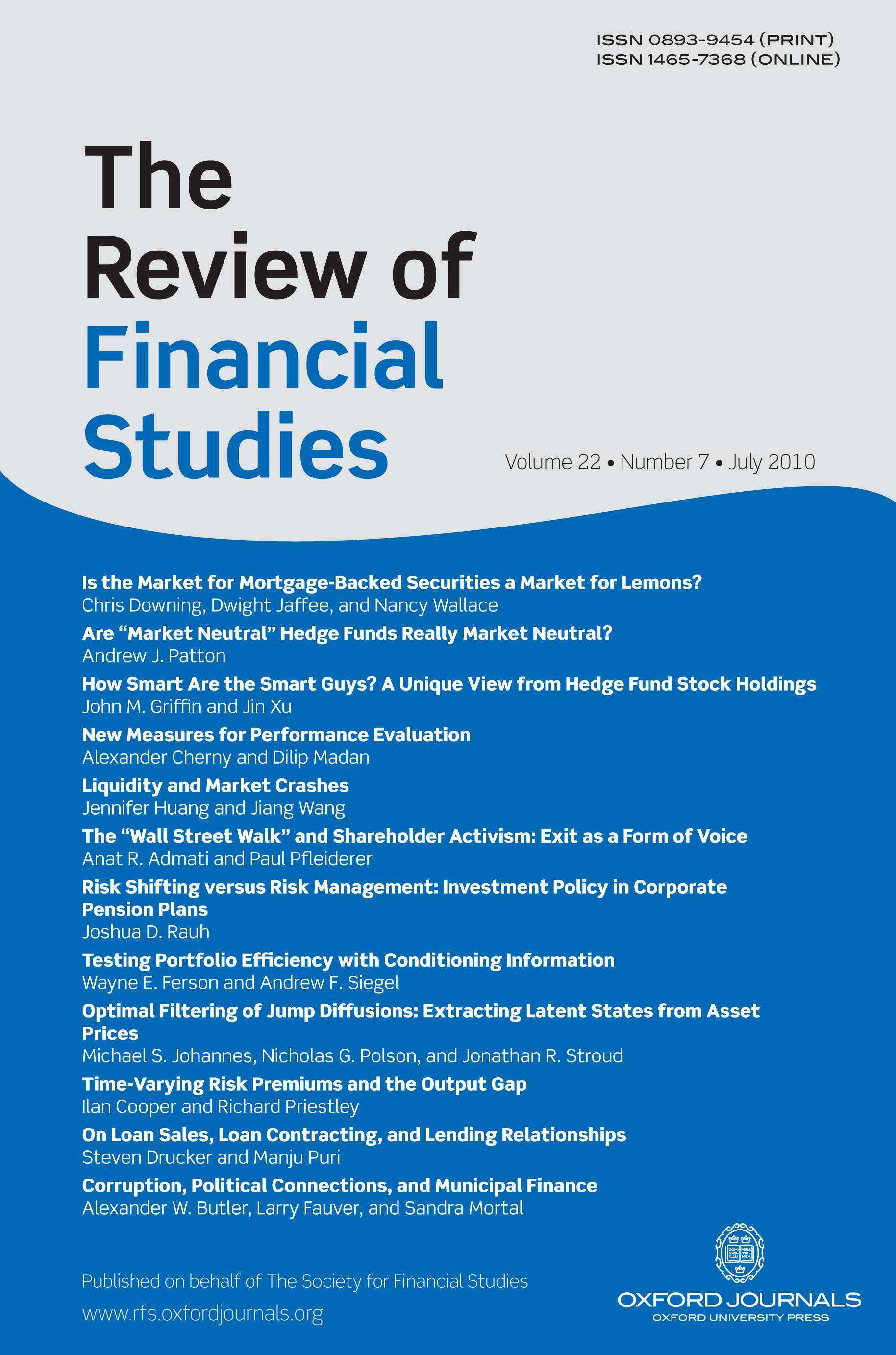
Mortgage Supply and the US Housing Boom: The Role of the Community Reinvestment Act
This paper studies the role of the Community Reinvestment Act (CRA) in the recent US housing boom-bust cycle. Using a difference-in-differences matching estimation, I find that the enhancement of CRA enforcement in 1998 caused a 7.7 percentage points increase in annual growth rate of mortgage lending by CRA-regulated banks to CRA-eligible census tracts relative to a group of similar-income CRA-ineligible census tracts within the same state. Financial institutions which are not subject to the CRA, however, do not show any change in their mortgage supply between these two types of census tracts after 1998. I take advantage of this exogenous shift in mortgage supply within an instrumental variable framework to identify the causal effect of mortgage supply on housing prices. I find that every 1 percentage point higher annual growth rate of mortgage supply leads to 0.3 percentage points higher annual growth rate of housing prices. Reduced form regressions show that CRA-eligible neighborhoods experienced higher house price growth during the boom and sharper decline during the bust period. I use placebo tests to confirm that this effect is in fact channeled through the shift in mortgage supply by CRA-regulated banks and not by unobserved demand factors. Furthermore, my results indicate that CRA-induced mortgages went to borrowers with lower FICO scores, carried higher interest rates, and encountered more frequent delinquencies.






